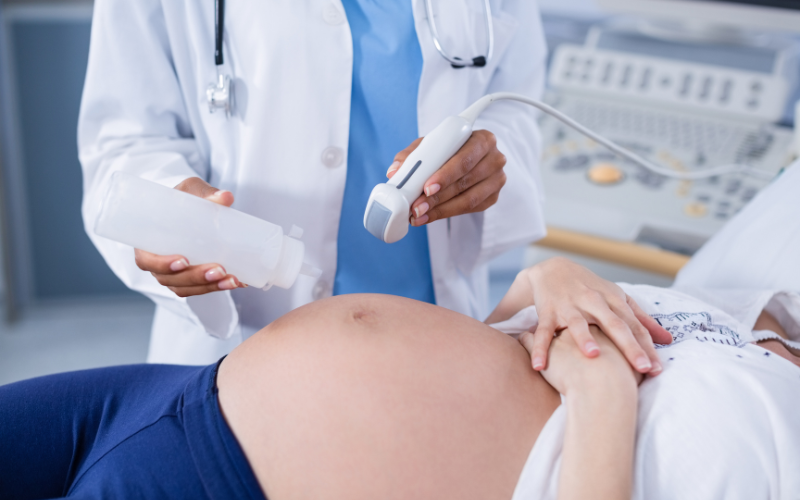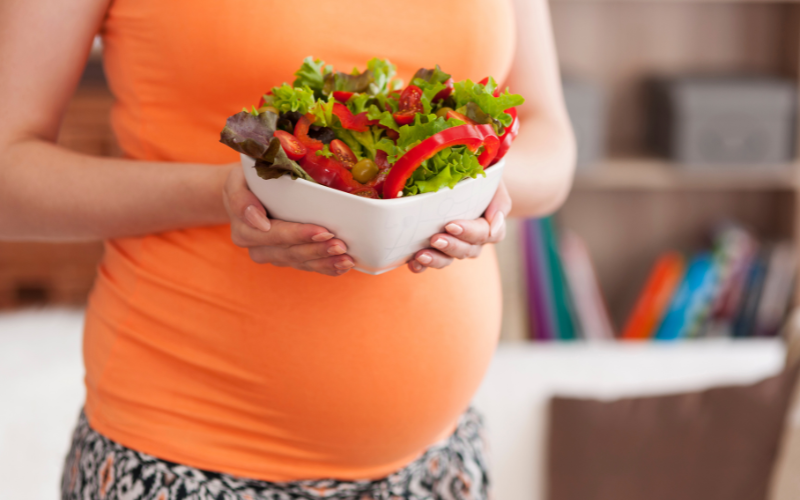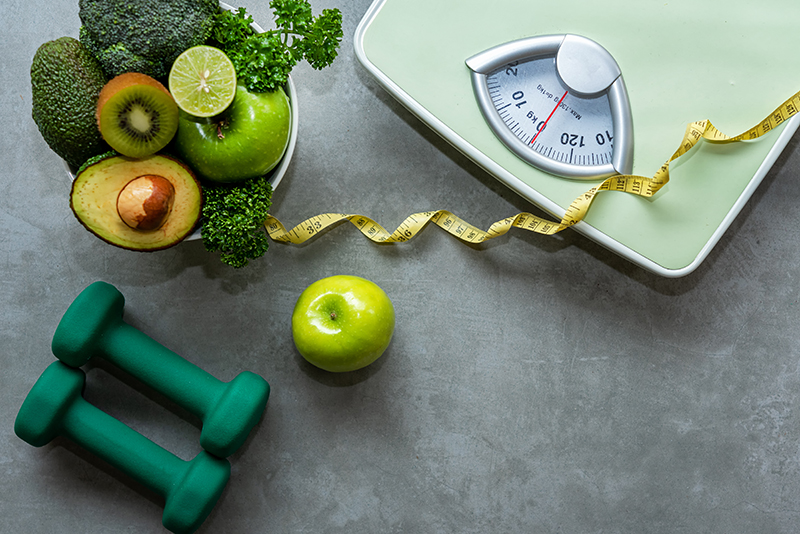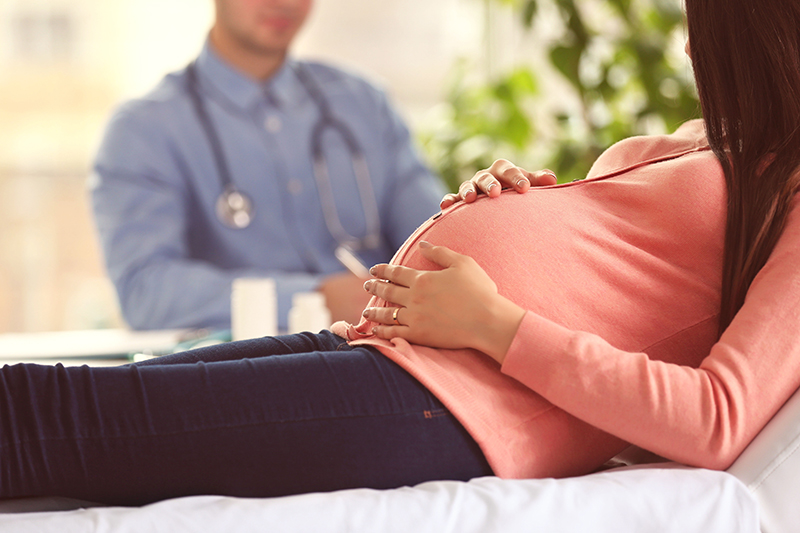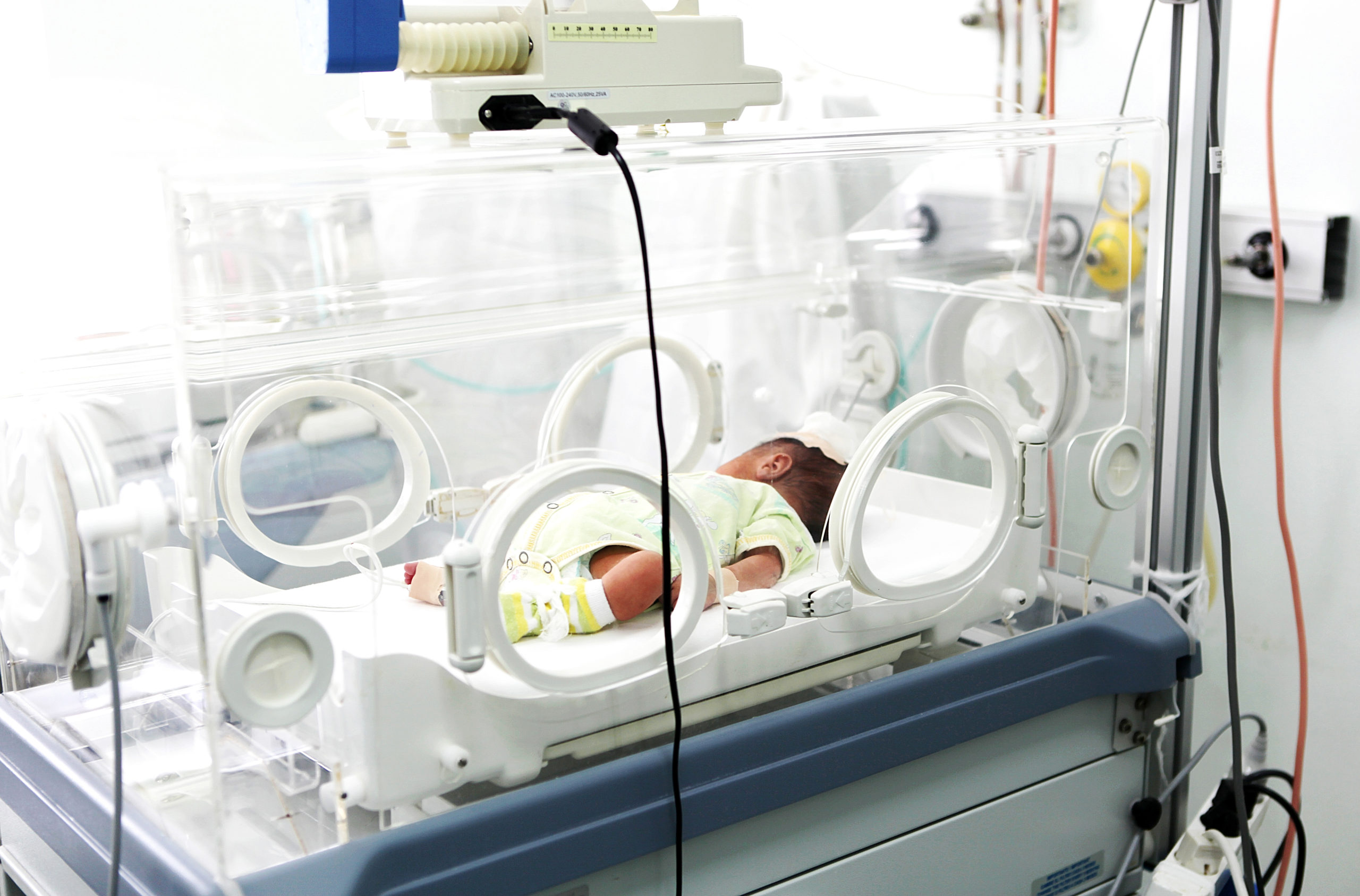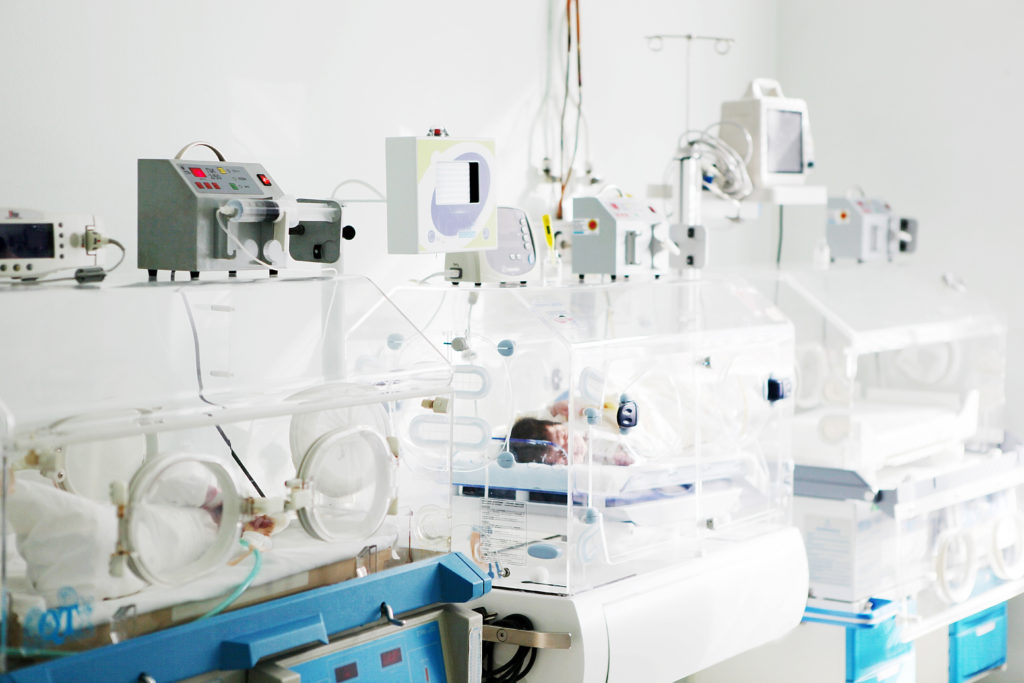Author – Dr. Madhura Phatak MBBS, MS(OBG), FRCOG, MRCOG, CCT(UK)
Consultant – Obstetrics & Gynaecology at Motherhood Hospital, Mysore
A pregnancy calculator is a tool that can help expectant mothers and their partners determine the due date of their baby and calculate pregnancy by weeks. It can also provide information about the current stage of pregnancy, as well as other important dates and milestones. There are several different methods that can be used to calculate pregnancy weeks, each with its own set of advantages and limitations. In this article, we will explore how to calculate pregnancy weeks, different methods to do so, how the methods work, and how accurate pregnancy calculators are.
Methods Of Calculating Pregnancy
One of the most commonly used methods for calculating pregnancy weeks is the last menstrual period (LMP) method. This method involves calculating the due date based on the first day of the woman’s last menstrual period. To use this method, the expectant mother simply needs to provide the date of her last period and the average length of her menstrual cycle. The calculator will then estimate the due date by adding 280 days (40 weeks) to the first day of the last period.

While the LMP method is widely used and relatively easy to use, it does have some limitations. One major limitation is that it is only accurate if the woman has a regular menstrual cycle. If the woman’s cycle is irregular, the LMP method may not provide an accurate due date. Additionally, the LMP method does not take into account the variations in pregnancy length that can occur from one woman to another. As a result, the due date calculated using this method may not always be accurate.
Another method for calculating pregnancy weeks is the ultrasound method. This method involves using an ultrasound machine to measure the size of the foetus and determine the gestational age. Ultrasounds are typically performed at various points during pregnancy, and the results are used to calculate the due date. While the ultrasound method is generally considered to be more accurate than the LMP method, it can still be affected by a variety of factors, such as the position of the foetus and the skill of the person performing the ultrasound.
The Motherhood Pregnancy Calculator provides fairly accurate results and can be one of the tools you use to calculate your pregnancy week by week.
How Does A Pregnancy Calculator Work?
In addition to the LMP and ultrasound methods, there are also several online pregnancy calculators that can be used to estimate the due date. These calculators work by using the same information that is used in the LMP and ultrasound methods, such as the date of the last period and the length of the menstrual cycle. However, they also take into account other factors that can affect pregnancy length, such as the woman’s age and the number of previous pregnancies she has had. Online pregnancy calculators are generally considered to be more accurate than the LMP method, but they may not be as accurate as an ultrasound.
Regardless of the method used to calculate pregnancy week by week, it is important to keep in mind that the due date is only an estimate. Many factors can affect the length of pregnancy, including the woman’s age, the number of previous pregnancies she has had, and the general health of both the mother and the baby. As a result, the due date calculated using any of these methods may not always be accurate.
It is also important to note that the due date is only the estimated date of delivery. Most babies are born within a few weeks of the due date, but some may be born earlier or later. If the baby is not born on the due date, it is usually not cause for concern. However, if the pregnancy goes beyond 42 weeks, it may be considered a “post-term” pregnancy and the healthcare provider may recommend inducing labour.
How To Use A Pregnancy Calculator?
To use a pregnancy calculator or a due date calculator, you will need to provide certain information about your pregnancy, such as the date of your last menstrual period and the average length of your menstrual cycle. Some calculators may also ask for additional information, such as your age and the number of previous pregnancies you have had.
Using a pregnancy calculator can be a useful tool for planning your due date and preparing for the arrival of your baby. Here are some steps you can follow to plan your due date using a due date calculator:
- Find a pregnancy calculator also known as a due date calculator online or on a pregnancy app. There are many different due date calculators available, so you may want to try a few different ones to see which one you like best.
- Enter the date of your last menstrual period. This is typically the first day of your last period before you become pregnant.
- Enter the average length of your menstrual cycle. This is the number of days between the first day of one period and the first day of the next period.
- Some due date calculators may ask for additional information, such as your age and the number of previous pregnancies you have had. If this is the case, enter this information as well.
- Click the “calculate” button to see the results. The calculator will provide an estimated due date based on the information you have provided.
- Keep in mind that the due date calculated using a pregnancy calculator is only an estimate. Many factors can affect the length of pregnancy, and the due date may not always be accurate.
- Consult with your healthcare provider about your due date. Your healthcare provider will be able to provide more accurate information about your due date and can help you plan accordingly.
- Based on your due date, start making a list of things you will need for the baby. This can include items such as a car seat, crib, diapers, and clothing.
- Consider taking a childbirth education class to learn about the different stages of labour and delivery. This can help you feel more prepared and confident when the time comes for you to deliver the baby and start labour.
- You can go here to use our pregnancy calculator
Advantages Of Pregnancy Calculator
- Convenience: Pregnancy calculators can be accessed online or through pregnancy apps, making them easy to use from the comfort of your own home.
- Estimated due date: A pregnancy calculator can provide an estimated due date based on the first day of the last menstrual period and the average length of the menstrual cycle.
- Pregnancy progress: Some calculators can provide information about the current stage of pregnancy and important dates and milestones.
- Customised information: Some calculators can take into account additional factors that can affect pregnancy length, such as the woman’s age and the number of previous pregnancies she has had.
Limitations Of A Pregnancy Calculator
- Accuracy: The accuracy of a pregnancy calculator depends on the method used to calculate the due date and the information provided. Some methods, such as the last menstrual period (LMP) method, are less accurate than others, such as the ultrasound method.
- Irregular menstrual cycles: If the woman has an irregular menstrual cycle, the calculator may not provide an accurate due date.
- Variation in pregnancy length: Pregnancy length can vary from one woman to another, and the due date calculated using a pregnancy calculator may not always be accurate.
- Limited information: Pregnancy calculators do not take into account all of the factors that can affect pregnancy length, such as the women’s general health and the health of the baby.
Pregnancy calculators can be a useful tool for estimating the due date of a baby, but it is important to understand that they are not always accurate. The accuracy of a pregnancy calculator depends on the method used to calculate the due date and the information that is provided.
It is important to keep in mind that the due date calculated using a pregnancy calculator is only an estimate. Regardless of the method used to calculate pregnancy, it is important to keep in mind that the due date is only an estimate. Many factors can affect the length of pregnancy, including the woman’s age, the number of previous pregnancies she has had, and the general health of both the mother and the baby. As a result, the due date calculated using any of these methods may not always be accurate. It is always important to follow the advice of your healthcare provider and to attend all recommended prenatal appointments.
Can A Due Date Change?
Yes, a due date can change during pregnancy. The due date is an estimate of when the baby will be born, and it is based on the assumption that pregnancy lasts for an average of 280 days (40 weeks) from the first day of the last menstrual period. However, pregnancy length can vary from one woman to another, and a variety of factors can affect the length of pregnancy. As a result, the due date calculated at the beginning of pregnancy may not always be accurate.
It is important to keep in mind that the due date is only an estimate, and it is not uncommon for babies to be born before or after the due date. Most babies are born within a few weeks of the due date, but some may be born earlier or later. If the baby is not born on the due date, it is usually not cause for concern. However, if the pregnancy goes beyond 42 weeks, it may be considered a “post-term” pregnancy and the healthcare provider may recommend inducing labour.
If the due date changes during pregnancy, it is important to follow the advice of your healthcare provider and to attend all recommended prenatal appointments. Your healthcare provider will be able to provide more accurate information about your due date and can help you plan accordingly.
In conclusion, a pregnancy week calculator is a useful tool for expectant mothers and their partners to determine the due date of their baby. While there are several different methods for calculating pregnancy, each with its own set of advantages and limitations, it is important to keep in mind that the due date is only an estimate and may not always be accurate. To calculate your due date, click here:
At Motherhood Hospitals, we have a team of experienced super specialists backed by the latest in infrastructure and facilities. We have the best Gynaecologist specialists in Mysore, Mysuru. We are experts in handling complex deliveries, gynaecological, and other surgeries including a range of laparoscopic surgeries. Do take an appointment with the best Maternity hospital in Mysore, Mysuru at a centre closest to you. Meet with our doctors who will carry out the required investigations, diagnose the issue and recommend the most appropriate treatment, enabling you to lead an active life.
If you wish to get in touch with Dr. Madhura Phatak, please book your appointment here.


 Toll Free Number
Toll Free Number











